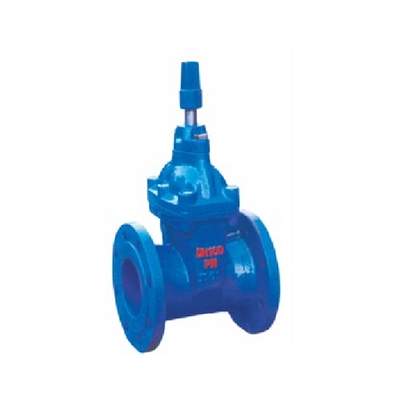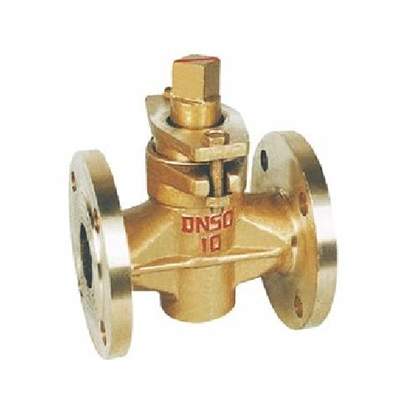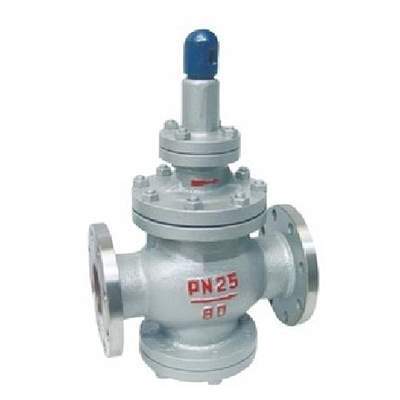Welcome to My Blog!
Before we dive into the content, I’d love for you to join me on my social media platforms where I share more insights, engage with the community, and post updates. Here’s how you can connect with me:
Facebook:https://www.facebook.com/profile.php?id=61563865935136
Now, let’s get started on our journey together. I hope you find the content here insightful, engaging, and valuable.
Introduction

Choosing the right components for your industrial system is critical to ensuring efficiency, safety, and longevity. Among these components, the 2 way plug valve stands out as a versatile and reliable solution for controlling fluid flow. These valves are widely used across industries like oil and gas, water treatment, and chemical processing due to their simple design and effective performance. In this blog, we’ll explore the best 2 way plug valve options available, diving into their features, applications, and considerations to help you make an informed decision for your system. Whether you’re upgrading an existing setup or designing a new one, understanding the nuances of these valves will optimize your operations.
Understanding the 2 Way Plug Valve Mechanism
The 2 way plug valve operates by rotating a cylindrical or tapered plug within the valve body to control the flow of fluids. This plug has a passageway that aligns with the inlet and outlet ports when open, allowing fluid to pass through, and blocks the flow when rotated to the closed position. Its straightforward mechanism ensures minimal pressure drop and reliable shut-off capabilities.
Key Features of 2 Way Plug Valves
The design of 2 way plug valves offers several advantages. They are easy to operate, require minimal maintenance, and provide a tight seal to prevent leaks. Additionally, their compact size makes them ideal for systems where space is a concern. The plug’s rotation allows for quick opening and closing, which is essential in applications requiring precise flow control.
Benefits for Industrial Applications
These valves excel in handling a variety of media, including liquids, gases, and slurries. Their durability and resistance to corrosion make them suitable for harsh environments. By choosing a 2 way plug valve, you ensure operational efficiency and reduced downtime, which translates to cost savings over time.
Types of 2 Way Plug Valves for Your System

Not all 2 way plug valves are created equal. Depending on your system’s requirements, you can choose from several types designed to meet specific needs.
Lubricated vs. Non-Lubricated 2 Way Plug Valves
Lubricated plug valves use a sealant to reduce friction and enhance sealing, making them ideal for high-pressure applications. Non-lubricated versions, on the other hand, rely on advanced materials like PTFE sleeves for sealing, offering lower maintenance and suitability for cleaner fluids.
Sleeved 2 Way Plug Valves
Sleeved plug valves feature a PTFE or similar sleeve around the plug, providing excellent corrosion resistance and a tight seal. These are commonly used in chemical processing where aggressive media are present.
Eccentric 2 Way Plug Valves
Eccentric plug valves have an offset plug design, which reduces wear and improves sealing performance. They are often used in wastewater treatment and slurry applications due to their ability to handle solids effectively.
Factors to Consider When Choosing a 2 Way Plug Valve
Selecting the right 2 way plug valve involves evaluating several factors to ensure compatibility with your system.
Material Selection for 2 Way Plug Valves
The valve material must withstand the media it will handle. Common materials include stainless steel for corrosion resistance, cast iron for general-purpose use, and exotic alloys for extreme conditions. Consider the chemical composition of your fluid to avoid degradation.
Pressure and Temperature Ratings
Ensure the valve’s pressure and temperature ratings align with your system’s operating conditions. A mismatch can lead to leaks, valve failure, or safety hazards. Always check the manufacturer’s specifications for maximum allowable limits.
Size and Connection Type
The valve size should match your piping system to maintain flow efficiency. Connection types, such as flanged, threaded, or welded, must also be compatible with your setup for easy installation and maintenance.
Comparison Table of 2 Way Plug Valve Specifications
To help you visualize the differences between various 2 way plug valve types, the table below outlines key specifications for common configurations. This table focuses on general characteristics rather than specific brands to provide a clear, unbiased overview.
| Valve Type | Material Options | Pressure Rating (PSI) | Temperature Range (°F) | Typical Applications |
|---|---|---|---|---|
| Lubricated Plug Valve | Cast Iron, Stainless Steel | Up to 1000 | -20 to 400 | Oil and Gas, High-Pressure Systems |
| Non-Lubricated Plug Valve | Stainless Steel, PTFE Sleeve | Up to 600 | -50 to 450 | Chemical Processing, Clean Fluids |
| Sleeved Plug Valve | Stainless Steel, Alloy | Up to 720 | -40 to 500 | Corrosive Media, Chemical Plants |
| Eccentric Plug Valve | Ductile Iron, Stainless Steel | Up to 250 | 0 to 300 | Wastewater, Slurry Handling |
This table serves as a starting point for comparing options. Always consult with a supplier to confirm specifications for your specific application.
Applications of 2 Way Plug Valves Across Industries
The versatility of 2 way plug valves makes them indispensable in various sectors. Understanding their applications can guide you in selecting the right valve for your needs.
Oil and Gas Industry
In oil and gas, 2 way plug valves are used for pipeline isolation, flow control, and handling crude oil or natural gas. Their ability to operate under high pressure and resist corrosion ensures reliable performance in demanding conditions.
Water and Wastewater Treatment
These valves are critical in water treatment plants for regulating flow and isolating sections during maintenance. Eccentric plug valves, in particular, excel in handling sludge and solids commonly found in wastewater.
Chemical Processing
Chemical plants rely on sleeved 2 way plug valves to manage aggressive fluids safely. Their corrosion-resistant materials and tight sealing prevent leaks, protecting both the system and the environment.
Installation and Maintenance Tips for 2 Way Plug Valves
Proper installation and maintenance are key to maximizing the lifespan and performance of your 2 way plug valve.
Installation Best Practices
Ensure the valve is aligned with the pipeline to avoid stress on the connections. Follow the manufacturer’s torque specifications for bolts and check for proper orientation of the plug to ensure smooth operation.
Routine Maintenance for Longevity
Regularly inspect the valve for signs of wear, such as leaks or difficulty in operation. For lubricated valves, replenish the sealant as recommended. Clean non-lubricated valves to remove any debris that could affect the sleeve or plug.
Advantages and Limitations of 2 Way Plug Valves

Like any component, 2 way plug valves have their strengths and weaknesses.
Advantages of Using 2 Way Plug Valves
Their simple design reduces maintenance costs, and their quick operation enhances system efficiency. Additionally, their versatility allows use in diverse applications, from low to high-pressure systems.
Potential Limitations to Consider
Lubricated valves may require frequent sealant injections, increasing maintenance demands. Non-lubricated valves, while low-maintenance, may not suit high-pressure applications. Evaluate these trade-offs based on your system’s needs.
Conclusion
Selecting the right 2 way plug valve is a critical decision that impacts your system’s efficiency, safety, and cost-effectiveness. By understanding the types, materials, and applications, you can choose a valve that meets your specific requirements. Whether you need a lubricated valve for high-pressure oil and gas systems or a sleeved valve for chemical processing, the options discussed provide a solid foundation for your decision. Ready to enhance your system with the perfect valve? Contact us today to explore our range of 2 way plug valves and find the best solution for your needs.
FAQ
What is a 2 way plug valve used for?
A 2 way plug valve is used to start, stop, or regulate fluid flow in a piping system. It’s commonly found in industries like oil and gas, chemical processing, and water treatment.
How does a 2 way plug valve differ from a ball valve?
While both control flow, a 2 way plug valve uses a cylindrical plug, whereas a ball valve uses a spherical ball. Plug valves are better suited for slurries and corrosive media, while ball valves offer lower torque operation.
What materials are best for 2 way plug valves?
Materials depend on the application. Stainless steel is ideal for corrosive fluids, cast iron for general use, and PTFE sleeves for chemical compatibility.
